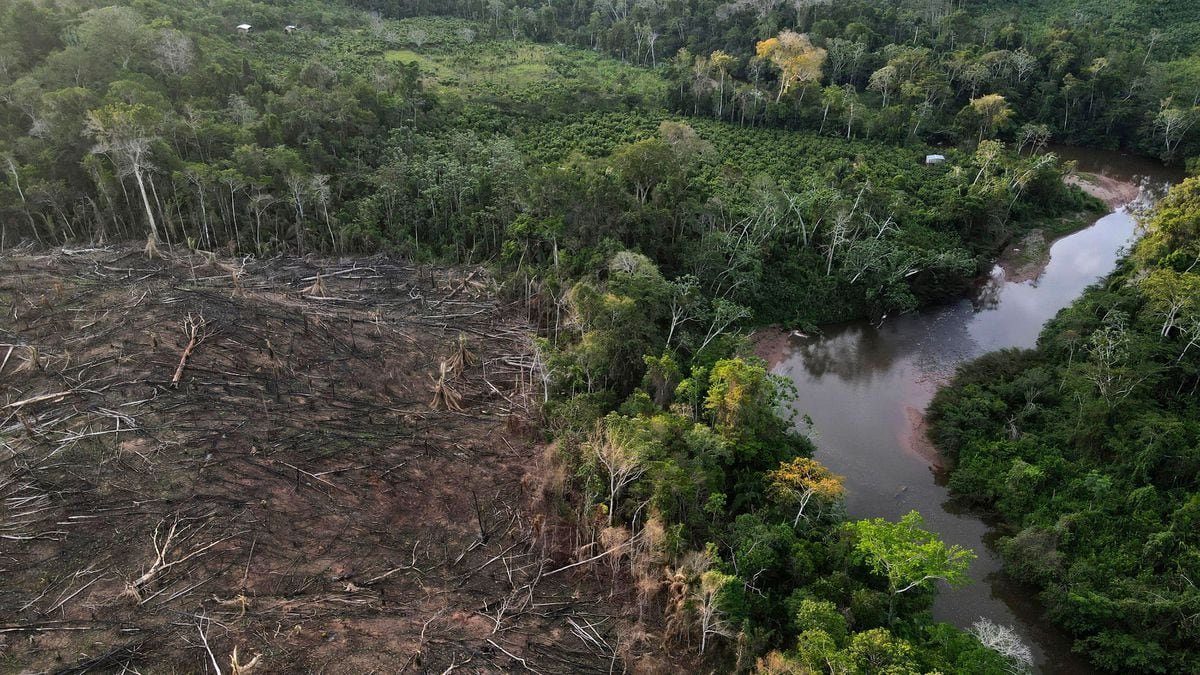Rick Desautel and members of the Sinixt council COURTESY
The Supreme Court of Canada ruled this Friday that members of the Sinixt people can hunt in their ancestral territories located in the southwest of the country. The verdict overturns a historic claim by the Canadian government, which in 1956 established that the indigenous group had become extinct. The vast majority of the Sinixt currently live in the Lakes Tribe, a nature reserve in the northern United States, a few miles from the border between Washington state and the Canadian province of British Columbia. Smallpox, mining activity, and the arrival of settlers precipitated their displacement. According to the ruling, if an indigenous group that is located outside the current territory of Canada can prove its ancestry in the country, it is protected by the Constitution."An interpretation of the law that excludes indigenous peoples who were forced to leave the country runs the risk of perpetuating the historical injustice suffered by these peoples," reads the final decision of the Court. The legal victory, after a decade in court, was caused by a hunter.
In October 2010, Richard Desautel, a Sinixt from the Lakes Tribe reservation and a US citizen, hunted a deer near the town of Castlegar, British Columbia. Desautel himself called the provincial authorities to report this incident. He was charged against him, as the British Columbia Wildlife Act stipulates that only residents of the province who belong to an indigenous group recognized by the federal government can hunt without permission. Desautel thus began a judicial battle. "My goal was to go to Canada, like my nomadic ancestors, and not have that invisible border that prevents me from hunting there," he told a British Columbia court.
In 1956, the federal government ceased to consider the Sinixt as a Canadian indigenous group, thus depriving them of any rights. Ottawa has this power under the so-called “India Act”, a mechanism that since 1876 regulates the activities of indigenous communities. Historians note that the Sinixt settled for at least 5,000 years in the territory that now encompasses parts of British Columbia and Washington. Smallpox, mining activity, and the arrival of missionaries and settlers of European origin caused most of the members of this town to move to the United States at the end of the 19th century. The few who decided to stay in Canada settled on the Arrow Lakes reservation, living with other indigenous peoples. According to the Canadian Government,the last Sinixt recorded at Arrow Lakes passed away in 1953; three years later, Ottawa declared this group extinct in the country.
More information
The 670 kilometers of gas pipeline that enrages the indigenous people of Canada
In 2017, a trial judge concluded that Richard Desautel "was exercising his traditional right to hunt for ceremonial purposes, a right guaranteed by the Constitution", so that "the application of the Fauna Law unjustifiably infringed that right".
Desautel won again in the Supreme Court of British Columbia and in the Court of Appeals of that province.
The provincial government then decided to take the case to the Supreme Court of Canada in October.
This Friday, the body agreed with Desautel (in a seven to two vote), underlining that hunting in the Canadian part has been an activity for the Sinixt before and after the arrival of the Europeans, so they have the right to continue practicing it in their ancestral territory, as the other recognized autochthonous groups can. The ruling sets a precedent, since individuals who belong to an indigenous people whose presence in Canada dates from before the European arrival can exercise a right, even though they are not Canadian citizens or reside in another country.
After hearing the Supreme Court ruling, Desautel told the local newspaper
Nelson Star
: “This is not something just for me.
It is for my family and for future generations.
The door is just opening ”.
An estimated 3,000 members of the Sinixt people live in the United States.
In Canada, the figure is difficult to establish, as the descendants of this group who did not travel south of the border - and who left the Ottawa radar - integrated into other indigenous communities.
Subscribe here to the
EL PAÍS América
newsletter
and receive all the information keys on the region's current affairs








/cloudfront-eu-central-1.images.arcpublishing.com/prisa/ZP4NWHUN7JACK2UZSAHGHFED3E.jpg)






